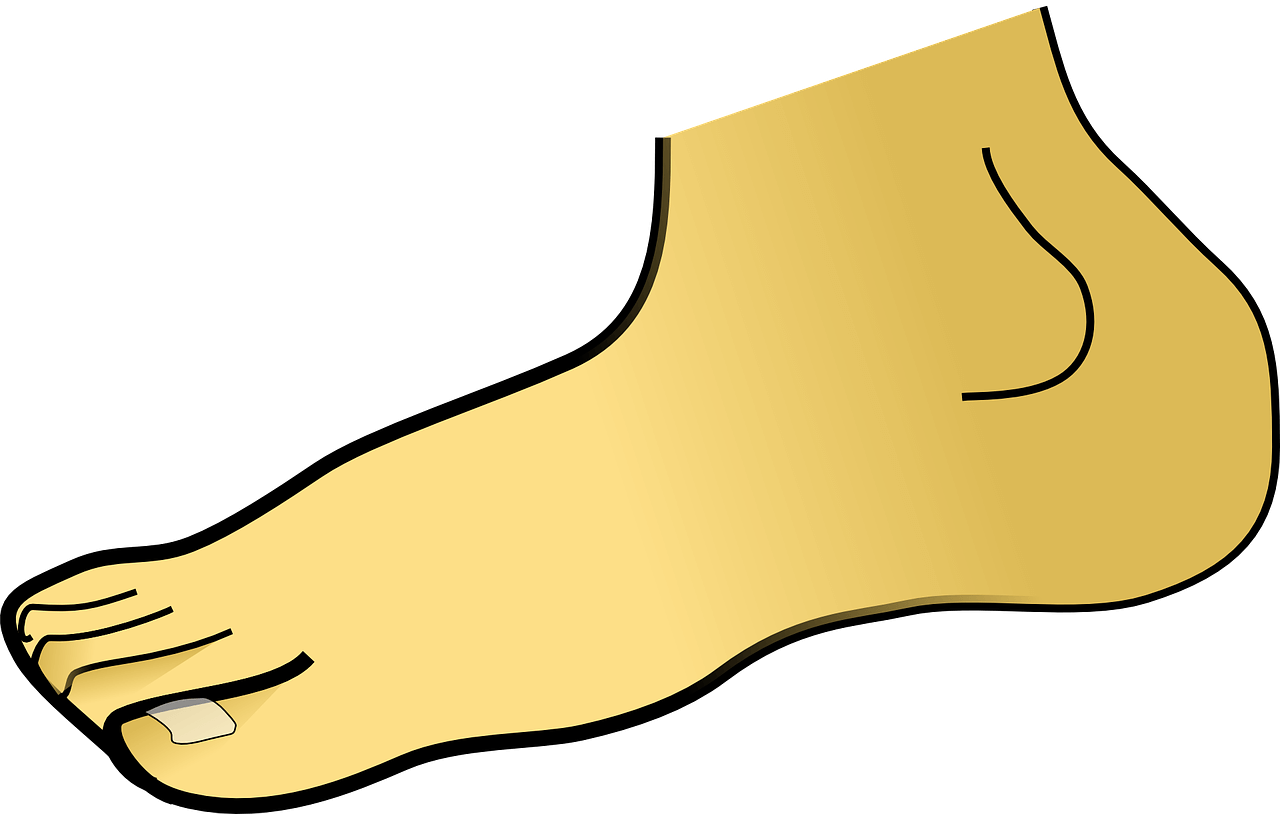Introduction
A. Understanding Flat Feet
Flat feet, also known as pes planus or fallen arches, is a condition that affects both children and adults. People with flat feet have a low arch or no arch at all, with one or both feet pressing flat on the ground. When individuals stand, their feet typically have an arch, a slight upward curve in the middle. However, this is not the case for individuals with flat feet. This condition can be inherent, acquired due to age or weight gain, or as a result of conditions such as rheumatoid arthritis or diabetes.
B. Prevalence of Flat Feet in Society
Flat feet is a common condition worldwide. A study found that the overall prevalence of flat feet in the general population was around 23% [1]. This varies with age and weight, and it is seen more frequently in those with obesity and the elderly population.
C. Purpose of the Article: Examining Flat Feet Surgery
The purpose of this article is to provide a detailed discussion on flat feet surgery, exploring its pros and cons. We will delve into different types of surgery, namely flat foot reconstruction and tendon transfers. Additionally, we will scrutinize the potential risks and complications associated with these procedures. This comprehensive exploration will offer readers a clearer understanding of the options available to them and aid in informed decision-making [2].
Defining Flat Feet Surgery
A. Description of the Surgical Procedure
Flat feet surgery is a medical intervention intended to correct the structure and function of flat feet. The goal of surgery is to improve foot alignment, provide pain relief, and improve the individual’s ability to perform physical activities. This surgical procedure generally involves making cuts into the bone, shifting the bones into a more aligned position, and securing them with screws or pins. In more advanced cases, it may also include fusing some joints in the foot to provide more stability.
B. Variations in Procedures: Flat Foot Reconstruction, Tendon Transfers
- Flat Foot Reconstruction: This is a type of surgery for flat feet that involves several procedures to correct deformities of the foot and ankle caused by flat feet. It usually involves a combination of bone cutting (osteotomies), tendon transfers, and joint fusions (arthrodesis) to restore the arch and alignment of the foot.
- Tendon Transfers: This involves the repositioning of tendons in the foot to improve its function and alignment. A tendon transfer can be performed in conjunction with other procedures or as a standalone operation for less severe cases [3].
C. When is Flat Feet Surgery Recommended
Flat feet surgery is usually considered when conservative treatments such as physical therapy, arch supports, and orthotic devices fail to relieve symptoms. It is also an option for treating flat feet when the condition begins to affect the person’s quality of life, hinders their ability to carry out regular physical activities, or leads to foot pain that is persistent or worsening. It is important to consult with a medical professional to decide on the best course of action.
Pros of Flat Feet Surgery
A. Permanent Solution to Flat Feet Problems
Surgical intervention often presents a permanent solution to the issues associated with flat feet. Surgery can correct structural deformities, restore the natural arch, and decrease or eliminate foot pain. As a result, it prevents further progression of the condition, which can lead to worsening symptoms if left untreated. Indeed, surgical treatment has proven to be effective in the long-term management of adult-acquired flatfoot deformity.
B. Improvement in Bone Structure and Function
Flat feet surgery can result in significant improvements in bone structure and alignment. Flat foot reconstruction involves restructuring the foot’s bone framework, restoring the normal arch, and promoting better weight distribution during standing and walking. This can also lead to improved functioning of the foot and ankle and reduce the risk of developing related conditions such as ankle instability or arthritis [4].
C. Enabling Physical Activities
By reducing pain and improving foot function, flat feet surgery can also make it easier for individuals to participate in physical activities. This is of particular importance for athletes or individuals whose work or lifestyle involves significant physical exertion. In many cases, patients report an improved ability to engage in physical activities without discomfort after undergoing surgery for flat feet [5].
D. Enhancing Quality of Life
A successful surgical intervention often leads to enhanced quality of life. Pain relief, improved mobility, and better foot function all contribute to a patient’s overall wellbeing. Studies have shown that surgical correction of flat feet can lead to significant improvements in patient-reported outcome measures, reflecting an improved quality of life.
Cons of Flat Feet Surgery
A. Risks and Complications
Like any surgical procedure, flat feet surgery comes with potential risks and complications. These may include infection, nerve damage, blood clots, and complications from anesthesia. Additionally, flat feet surgery can lead to potential issues such as overcorrection, undercorrection, or the development of arthritis in the joints near the surgery site. This emphasizes the importance of understanding and considering all potential risks before proceeding with surgery.
B. Post-operative Pain and Recovery Time
Post-operative pain is a common consequence of any surgical procedure. While effective pain management strategies can minimize discomfort, some level of pain is to be expected. Furthermore, the recovery time from flat feet surgery can be lengthy. Depending on the specific procedure and individual patient factors, it may take several months to a year for full recovery. This period may involve the use of crutches, physical therapy, and temporary limitations on activities [6].
C. Limitations and Potential Failure
Despite the advancements in surgical procedures, there are certain limitations and the potential for failure. Some patients may not achieve the expected improvement in symptoms or function. Additionally, in some cases, the initial benefits of surgery may diminish over time due to progressive changes in foot and ankle alignment or development of arthritis. Further surgery may be required in cases where the initial procedure fails to alleviate symptoms or if new problems arise.
Alternatives to Surgery
A. Physical Therapy
Physical therapy is often the first line of treatment for people with flat feet. It aims to strengthen the muscles in the foot, improve balance and mobility, and alleviate pain. A physical therapist may recommend specific exercises to stretch and strengthen the muscles that support the arch. Orthotic devices, such as specially designed insoles or arch supports, may also be recommended to provide support and alleviate pressure on the feet.
B. Non-surgical Options for Treating Flat Feet
If physical therapy and orthotic devices are not effective, there are other non-surgical options that may be considered. Steroid injections can help alleviate pain and inflammation in the feet. Weight loss and a healthy lifestyle can also play a significant role in managing symptoms. In some cases, wearing specially designed shoes or using custom-made shoe inserts can provide relief. It is important to remember that these treatment options may not correct the structural issues associated with flat feet but can help manage symptoms [7].
Conclusion
A. Weighing the Pros and Cons: Individual Considerations
Deciding whether to pursue surgery for flat feet is a highly personal decision that should be made in consultation with a healthcare provider. Factors such as the severity of symptoms, overall health status, activity level, and individual expectations must be taken into account. While surgery can offer lasting relief for some people, it is not without risks and drawbacks. Non-surgical interventions like physical therapy and orthotics should be considered as first-line treatment options [8].
B. Future Directions in Flat Feet Treatment
Research into the treatment of flat feet is ongoing, and future innovations may offer new hope for people struggling with this condition. This includes the development of new surgical techniques, improvements in orthotic devices, and better understanding of the biomechanics of the foot. As with any medical decision, patients should stay informed about new developments and discuss these with their healthcare providers.










